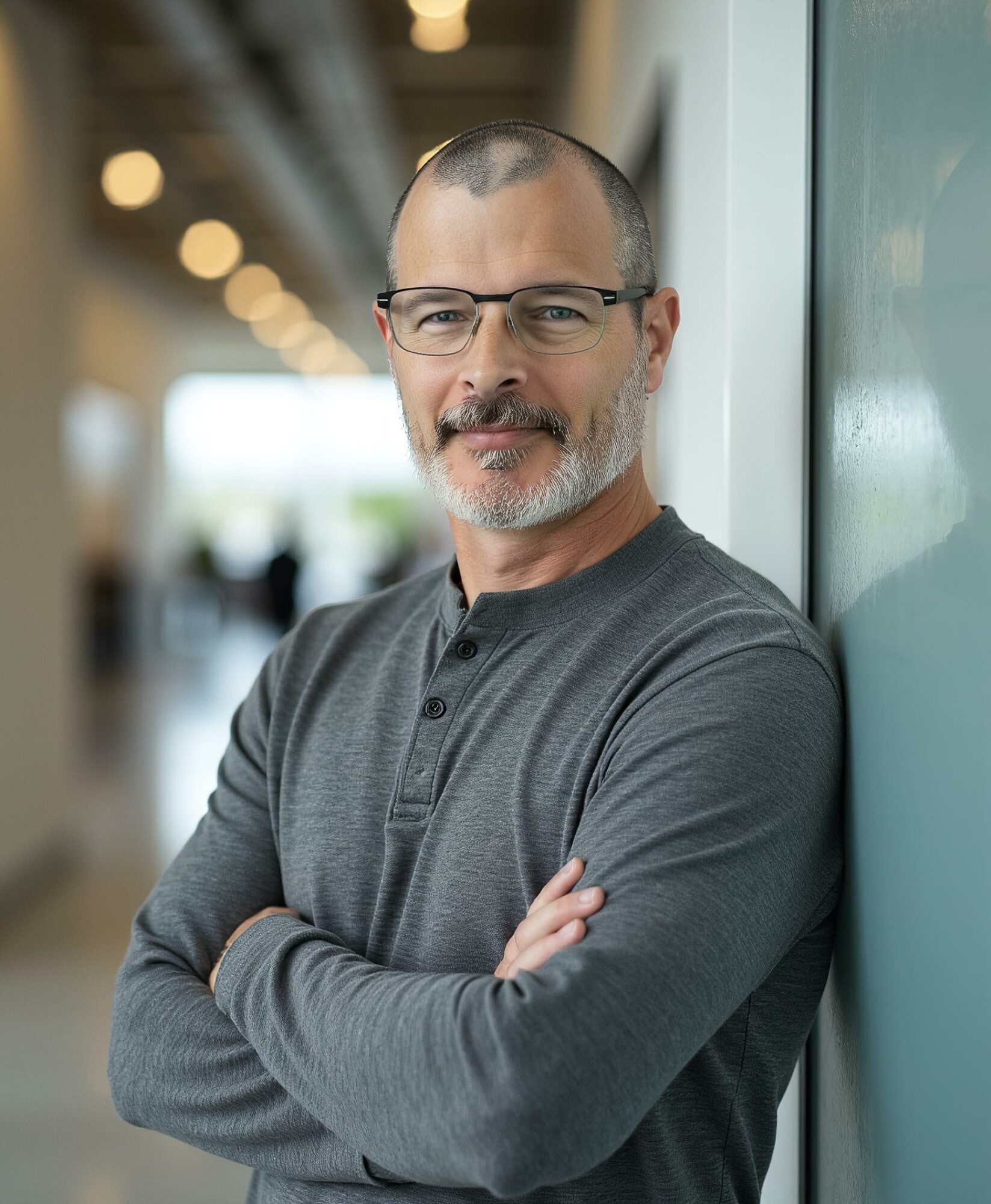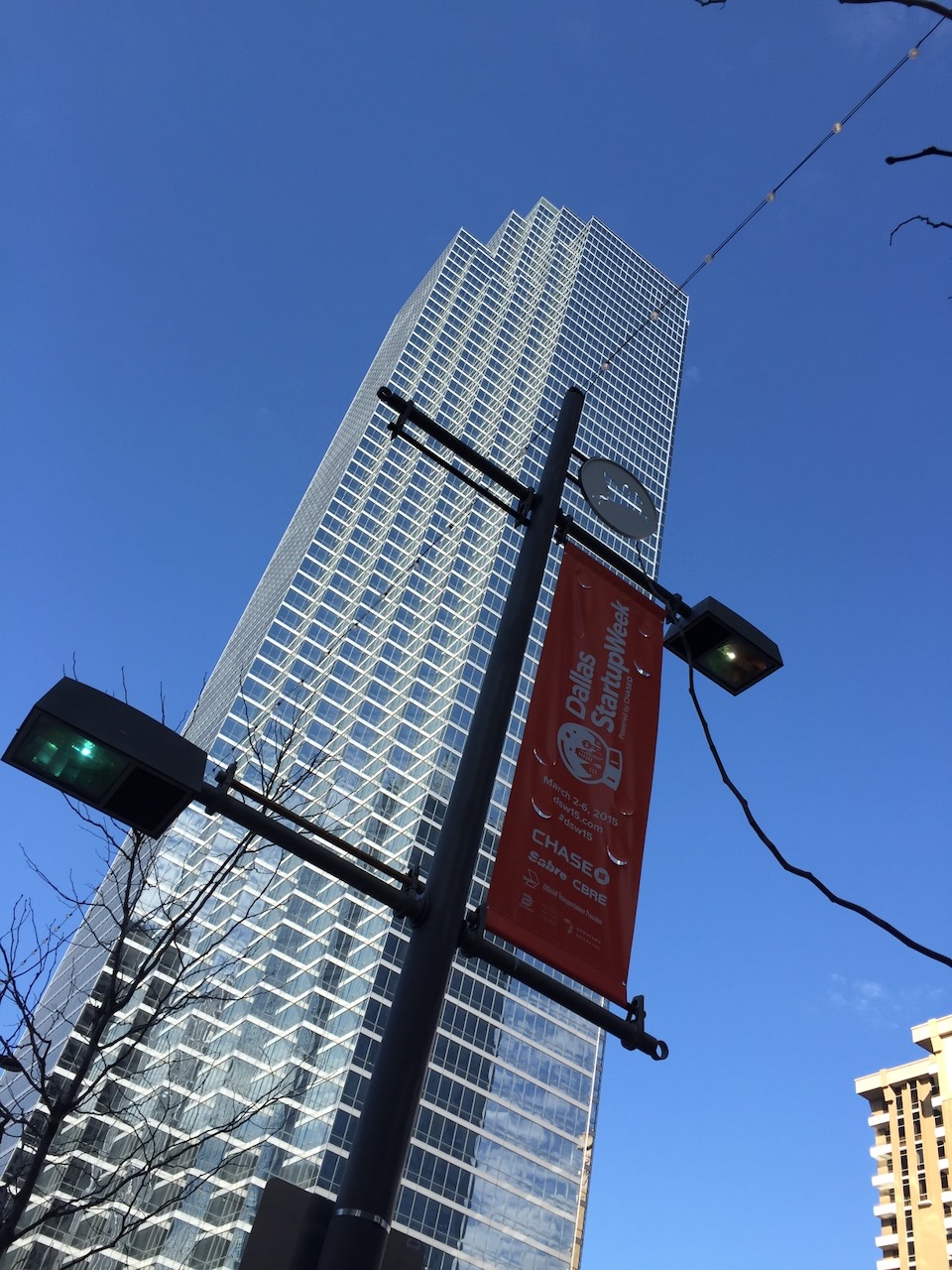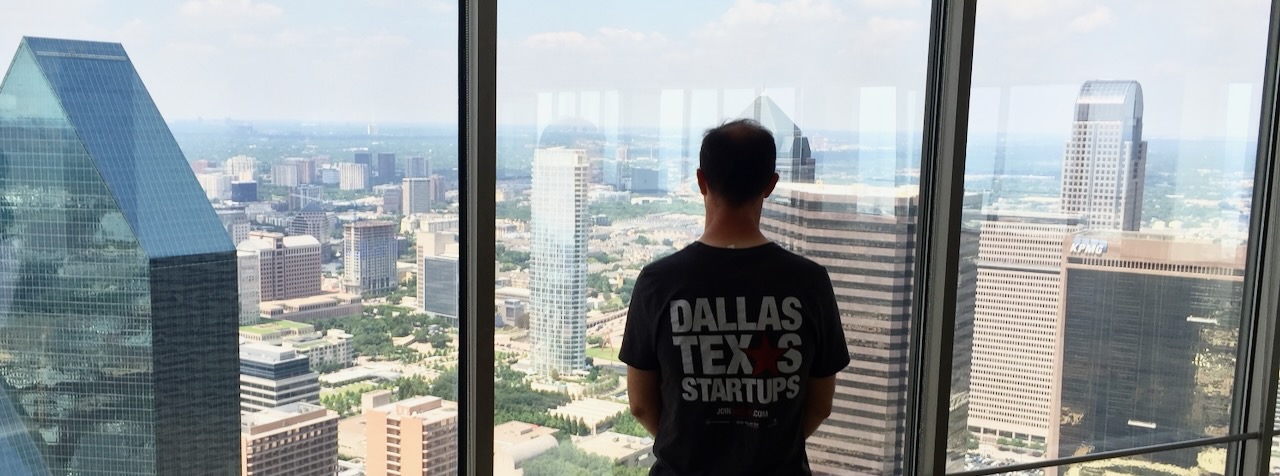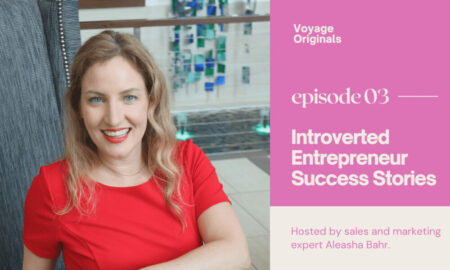

Today we’d like to introduce you to Michael Sitarzewski.
Hi Michael, please kick things off for us with an introduction to yourself and your story.
I’ve been building things for as long as I can remember. Businesses, systems, sometimes just better ways of doing things. My journey started in Dallas in the early 90s when design was still analog and scanners were magic. I ran small studios with friends, turning logos and layouts into digital form long before it was common. That led to my first real company, HyperSites, one of the earliest SaaS website builders… years before WordPress.
Over the decades, I’ve built startups in analytics, podcasting, direct mail automation, and AI-driven content creation. Some succeeded, some didn’t, but every one of them taught me how curiosity and resilience are better teachers than comfort.
Between 2013 and 2017, I was deeply involved in the Dallas startup community. Our team helped bring the now-familiar Startup Week to the city in 2015 and 2016, and we organized a series of events designed to spark connection and collaboration among founders and builders. During that time, we launched gatherings like BigDOCC, Dallas New Tech, and Ignite DFW, along with more intimate experiences such as The Player’s Lunch… each built around the idea of structured serendipity.
Today I lead technology and innovation at Tandem Theory, where I get to merge creativity with emerging AI tools, and I’m building my own projects like SummaryPost, common.vision, and OpenStudio, each one an experiment in how humans and machines collaborate to create meaning.
Dallas has always been home base. The energy here – part ambition, part rebellion – keeps me moving. My career has been a loop of learning, building, breaking, and rebuilding. Looking back, the through-line has always been the same: I love the moment when an idea becomes real.
We all face challenges, but looking back would you describe it as a relatively smooth road?
Smooth? Not even close. The road’s been more like a loop. Sometimes forward, sometimes sideways, occasionally through a wall.
In the early days, I was building companies before words like startup and SaaS were even in common use. We had great ideas but no playbook, no funding culture, and no social media megaphone to amplify what we were doing. I’ve had projects stall because we priced them too low, or because the market wasn’t ready yet. I’ve built teams that thrived and others that fractured under pressure.
There were long stretches of self-doubt, especially after shutting down a company I’d poured years into. But the hard moments always had lessons hiding inside them: how to listen better, how to adapt faster, and how to keep curiosity alive when the numbers don’t look good.
The truth is, failure’s been my best mentor. Every rough patch refined how I work, how I lead, and how I build. I stopped chasing perfect outcomes and started designing systems that can learn, just like I do.
Can you tell our readers more about what you do and what you think sets you apart from others?
I build systems that help people think, create, and connect more efficiently. My career’s been about exploring how technology can amplify human potential, not replace it.
At Tandem Theory, I lead technology and innovation, which means I get to play in the space where creativity meets computation. I’ve built tools like EDWARD, a conversational AI platform that gives teams access to dozens of specialized agents, and Tandem Beam, a first-party analytics and attribution system that gives clients insight without invading user privacy.
Outside of Tandem, I focus on projects like SummaryPost, common.vision, and a new social experience called Chaos Coworking. Each one is an experiment in how technology can help people understand the world in new ways. SummaryPost turns long-form content into clean, accurate summaries that save people time and attention. common.vision is a human-curated news platform that reframes information through empathy and context rather than outrage. Chaos Coworking introduces the idea of working together in public and usual spaces.
What I’m most proud of isn’t the code, it’s the consistency. For over thirty years, I’ve been doing the same thing in different forms: taking chaos, structuring it, and turning it into something useful and beautiful. What sets me apart, I think, is that I never lost the curiosity that started it all. I still feel the same spark I did when I built my first website on a beige Mac in the ’90s, just with better tools and a deeper understanding of what makes people tick.
What was your favorite childhood memory?
My favorite childhood memory is not a single moment, but the experience of being a child on the move. Starting around eight years old, my dad and I moved every year or two. I was always the new kid, learning to read a room, find friends, and make sense of new schools, new cities, and new ways of getting around.
It taught me how to adapt quickly and stay curious when faced with the unknown. I grew up in places that could not have been more different from one another, from downtown Boston in the late seventies to rural Arkansas in the early eighties, to Little Rock and Tacoma after that. My dad managed nightclubs, ran an accounting office, and built projects of his own, so I was always surrounded by movement and reinvention.
That is the memory I treasure most, the feeling of being untethered but capable, a latchkey kid who learned early how to navigate the world and find stability in change.
Contact Info:
- Website: https://zerologic.com/
- LinkedIn: https://www.linkedin.com/in/msitarzewski/















